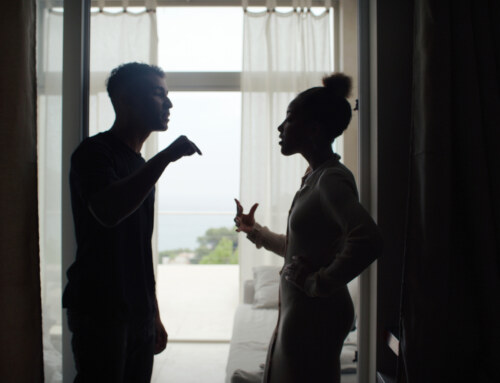What if we understood that trauma is a part of life.
I bet if you were to speak with a trauma expert, and tell them about that thing that happened to you in your life that changed you forever… yeah, that thing you don’t really like to think about or talk about. Perhaps, there are a couple of things. But that thing, I bet you it could be understood as a traumatic event, and that the impact it had on you could be understood as a trauma response.
How would it change things if we accepted that traumas happen in life to us and around us?
It isn’t a matter of if but how we respond and how our community responds when they do happen.
No one wants traumatic events to happen. They are those things that we don’t expect, or hope don’t happen and yet they do happen! Pretending them away doesn’t mean they don’t happen.
Traumatic events happen outside of us but what happens inside of us is our own trauma response. When we have lived experiences of traumatic events – the trauma that is created from the events is what lives inside of us. The trauma is what we carry with us even after the traumatic event is over. The trauma is alive in us and can be reactivated if we don’t learn to heal, process and move through the painful parts of it.
One can never know another person’s traumas from hearing the story of the traumatic event. Hearing them can give us clues. However, what was that experience like for that person? Only when we hear their own experience of living through that event, can we come close to understanding their trauma.

Trauma is cumulative. Meaning, if you have lived through more than one traumatic event in your life, your trauma drawer might be a bit full and it might spill over more easily. Your trauma response might be more significant than another person who has never experienced trauma.
Polyvagal theory helps us understand what happens to our central nervous system when we have trauma. Our system changes and our ability to feel safe and secure is impacted. It is harder to feel grounded, relaxed and safe. Our protective and defensive responses are more easily activated.
In his recent book, the Myth of Normal, Gabor Mate and his son expand on individual experiences of trauma (traumas that happen to one person) and explore how we live in a society that perpetuates trauma. Certain groups of people, specifically those marginalized by race, finances and gender – are more exposed to trauma on a regular basis than non-marginalized groups. Is it no surprise then that the rates of physical and mental difficulties are higher in marginalized groups?
Trauma is all around. It isn’t new that trauma happens to humans but what has changed is the conversation around it, and I am so glad for this! We are starting to make sense of the world around us. It makes sense that someone who has lived experiences of traumatic events and adversity, is going to respond differently than someone who hasn’t. It makes sense that someone who hasn’t yet healed their trauma struggles in different ways.

How can you have compassion for your own experiences of trauma?
How have you responded to the traumatic events in your life?
Are you still carrying residual trauma in your system?
What does it feel like when it is activated?
How can you learn to live in greater harmony with your trauma?
If you are curious to learn more – keep an eye on my upcoming Fear to Courage course. It is a trauma informed course about how to engage your fear to build courage. It isn’t for the faint of heart, but it is for you if you are ready to move through some of this tough stuff and have a more free tomorrow!





